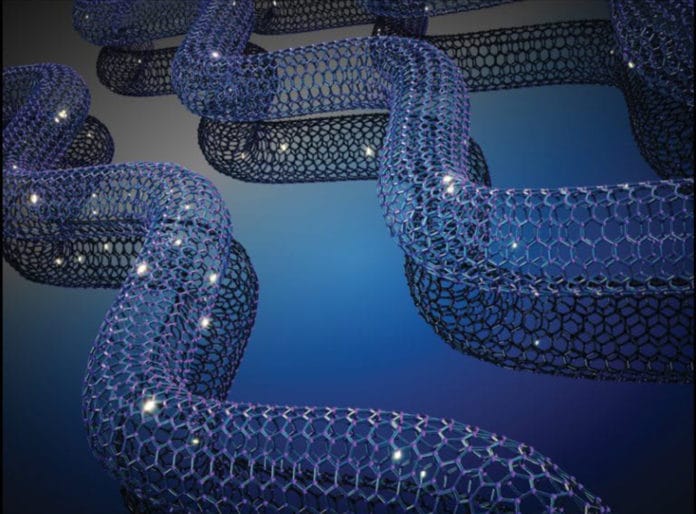Carbon nanotubes (CNTs) are stiff, containing all-carbon macromolecules with diameters as small as one nanometer and few microns long. Solutions of CNTs in chlorosulfonic acid (CSA) follow the phase behavior of rigid-rod polymers interacting via a repulsive potential and display a liquid crystalline phase at sufficiently high concentration.
In a new study, scientists from Rice University have shown that the jiggling motion of carbon nanotubes suspended in liquid solutions could have implications for the structure, processing, and properties of nanotube fibers formed from those solutions.
This jiggling motion causes nanotubes to repel one another and align in solutions with low concentrations of nanotubes. In high- concentration solutions, nanotube Jiggling imparted additional order.
Rice’s Carbon Hub is finding ways to reduce greenhouse gas emissions by substituting carbon nanotube fibers for metals and other emission-intensive materials.
Journal Reference:
- Vida Jamali et al. Enhanced ordering in length-polydisperse carbon nanotube solutions at high concentrations revealed by small-angle X-ray scattering†. DOI: 10.1039/D0SM02253E
